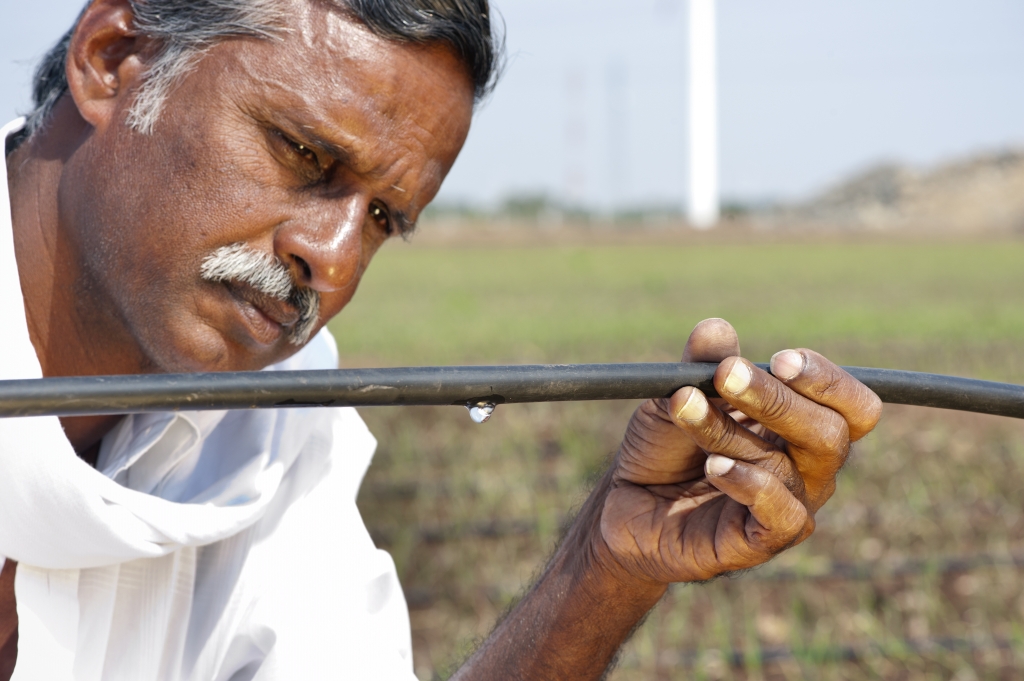The search for options to boost water productivity

The multiple pressures that can impede sustainable development anywhere – from population growth and land degradation to disaster risk and climate change – are especially problematic for the world’s vast drylands. Possessing only 8% of the global renewable water supply, drylands account for 44% of the world’s cultivated area and are home to one-third of the its population, including many of its poorest and most marginalized people. Water scarcity is the common denominator of many of the challenges that drylands face.
Against this backdrop, researchers from the International Water Management Institute (IWMI) took part recently in important deliberations on how best to enhance the efficiency of water use in drylands and thus meet a critical condition for their sustainable development. These discussions took place during the 13th International Conference on Dryland Development, which brought together national and international stakeholders to address the theme “Converting Dryland Areas from Grey into Green.”
Held at Jodhpur, India, on February 11-14, 2019, the conference was organized by the International Dryland Development Commission (IDDC) and Arid Zone Research Association of India (AZRAI), and hosted by the ICAR – Central Arid Zone Research Institute (CARZI).
Shri Gajendra Singh Shekhawat, Honorable Minister of State for Agriculture and Farmers’ Welfare, Government of India, inaugurated the event. Speaking as chief guest, he highlighted the problems that drylands face as well as their strengths, pointing out that they are a fragile ecosystem, in which land degradation and climate change are becoming major issues.
IWMI director general Claudia Sadoff was a guest of honor, addressing the inaugural session and also making a plenary presentation titled ”Water security and sustainable growth in the drylands.” She said that a key step forward in drylands entails policies and other measures to speed the adoption of water-saving technologies and integrated approaches for boosting water productivity in agriculture. She further emphasized that policies should aim to increase the availability to small-scale farmers of information, knowledge and finance for investment in water-saving technologies.
IWMI and ICAR organized a symposium during the conference to foster knowledge exchange among researchers on the status of water productivity in drylands and future prospects for improvement. The symposium aimed to frame a strategy for boosting water productivity and for mainstreaming this issue in drylands through institutional measures and policies.

